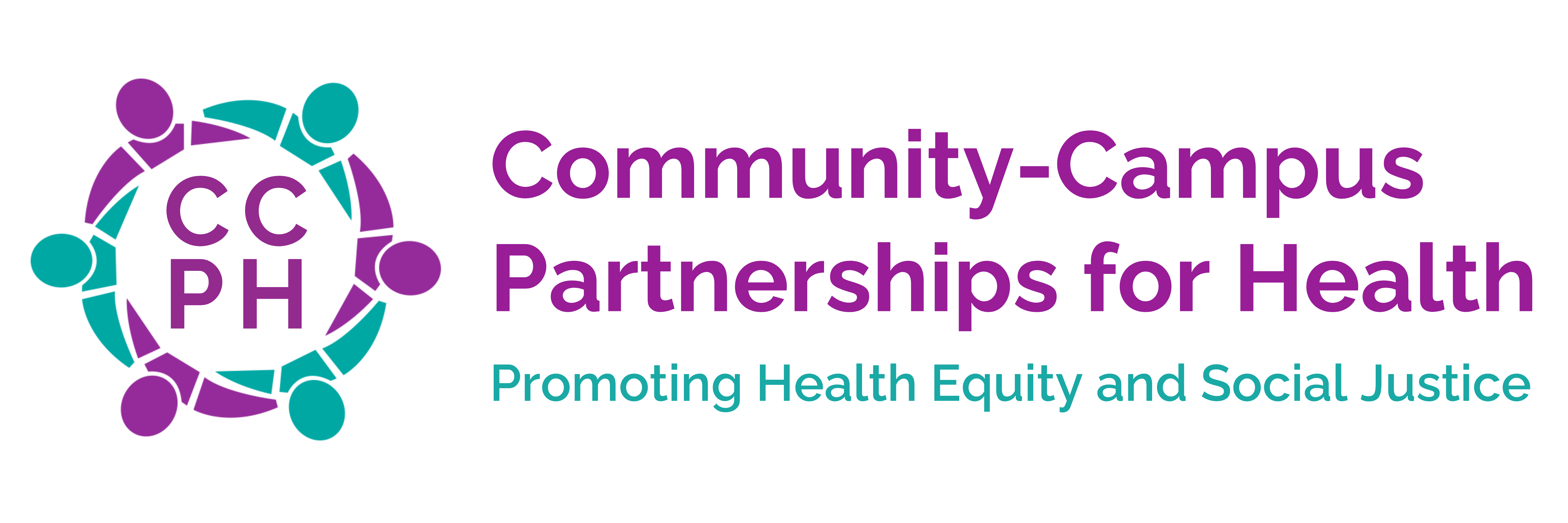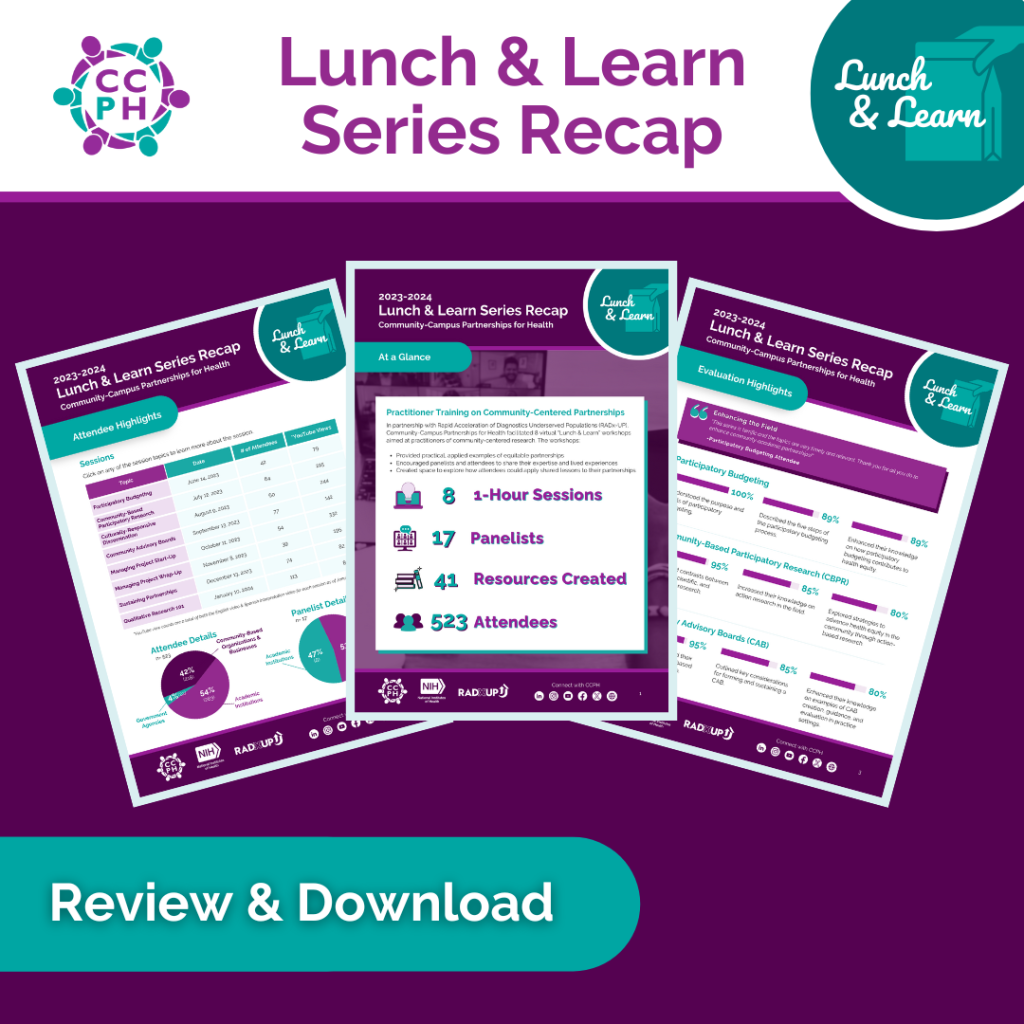It was fall of 2007 and I was serving as the Director of University Neighborhood Partners, community-university partnership on the west side of Salt Lake City, Utah. With a long history of serving as gateway communities for families of immigrant and refugee backgrounds, the neighborhoods on the west side of Salt Lake City are home to people from all over the world and boast of over 100 languages spoken in the homes that make up Salt Lake City’s west side.
It was also in 2007 that a new community, the Karen, from the Thailand/Myanmar (Burma) border began resettling in Salt Lake City. At the time, there was very little information about this ethnic group who began fleeing Myanmar in mid-80s, following years of persecution. Many refugees from Myanmar fled for their lives to Thailand and approximately 150,000 displaced in nine refugee camps on the Thai/Myanmar border, where they continue to live today. However, a small percentage of the Karen were resettled to the US beginning in 2000 and as they came to Utah, the schools and social service agencies contacted me and my colleagues to inquire if the University had any information on how they can best prepare for this group of new Americans. While we could research Myanmar and the history of the conflict; this community, like so many others, lived in a protracted refugee situation, spending over 20 years in camps settings. We quickly put together a small interdisciplinary field study team and off to the Thai/Myanmar border we travelled.
Our initial entry to this area included visiting with United Nations High Commission on Refugees (UNHCR) a host of NGOs and community-based organizations supporting the nine camp refugee communities and the even larger community of undocumented migrants living in Mae Sot, a border town in Thailand. In order to better prepare on the Utah-side, one of our main goals was to enter one of the refugee camps to learn more about how the camps function, the education, health and social service system structures. We wanted to better understand what kinds of preparation individuals receive prior to resettlement. However, entering the camps was not an easy task as it was necessary to receive the permission of the Thailand government, the authority over these camps. The Thai/Myanmar border camps are closed camps and secured by fences and military guards. We persisted with UNHCR and continued to meet with border authorities and finally on the last day, we learned that we had secured passes that would enable us to enter one of the camps, Mae La Camp for a few hours.
Upon our arrival at Mae La, we had to meet with the Thailand Military Camp Commander and then the Karen Camp Council. Once fully inside, we were met by a group of 6 camp residents who spoke English. They told us they were there to “Welcome Us” and give us a guided tour. We were in shock! How did they know we were coming? They further explained that the Karen community in Salt Lake City told them of our coming and mission. They explained that they received the following message… “five white people are coming, don’t be afraid…they are our friends…. take care of them and teach them about our community.”
Our time there was life changing and now 11 years later; we continue local-to global-partnerships with these communities and are always learning (additional information at https://continuum.utah.edu/features/bridging-borders/).
On that first trip and everyday since then, I am inspired by the resiliency, strength and compassion of this community. Faced with genocide, forced migration, over 30 years in closed camp settings, and resettlement; these communities remain interconnected. Indeed, the story is all too familiar to the many indigenous communities and communities of color. That is not to suggest that these groups are the same; as each history, culture, stories and lived experience of these many communities is unique. Still, I am struck by the deep caring relationships and the solidarity of communities who continue to persistent and thrive despite the many structural barriers and the intentional attacks that seek to disempower and fragment communities.
My connection to CCPH is central to my work with communities. I first found CCPH in 2000, when I was conducting my doctoral research on community-campus partnerships and with it; I saw leadership in an organization that joined with communities to understand the experiences of each member and the shared values of social justice and health equity for all individuals and groups. Using the “Principles of Partnership,” CCPH supported me and my colleagues with developing partnerships characterized by mutual trust, respect and reciprocity. I learned how academic institutions could share and shift power through the redistribution of resources in ways that create greater equity and address injustice. The pathways are clear; yet, we still fight the battle of a lack of institutional will and commitment. The mission of CCPH grows in importance every day. If you are not a current member of CCPH, please consider joining CCPH today; and if you are a member, consider how you can invest your resources and talents to advance the membership and mission of CCPH in communities and organizations. We need you now!
Written by:
Rosemarie Hunter, PhD, LCSW
Associate Professor
College of Social Work
University of Utah

